Issue 3
nonfiction
MY GHOSTS REMIND ME OF A WORLD NOT YET MADE
I climbed a tree today and let it hold me in my grief. Tangled in its branches, I lay my head down, ear to bark, and listen to its rustle. The sounds of its gentle dance are quieter than I-10 behind me. I lament that I have to drive to reach this park, to come be with my tree. I look down to its roots, then up through its canopy, and take a moment of silence to remember my late mother and her knowledge of the trees.
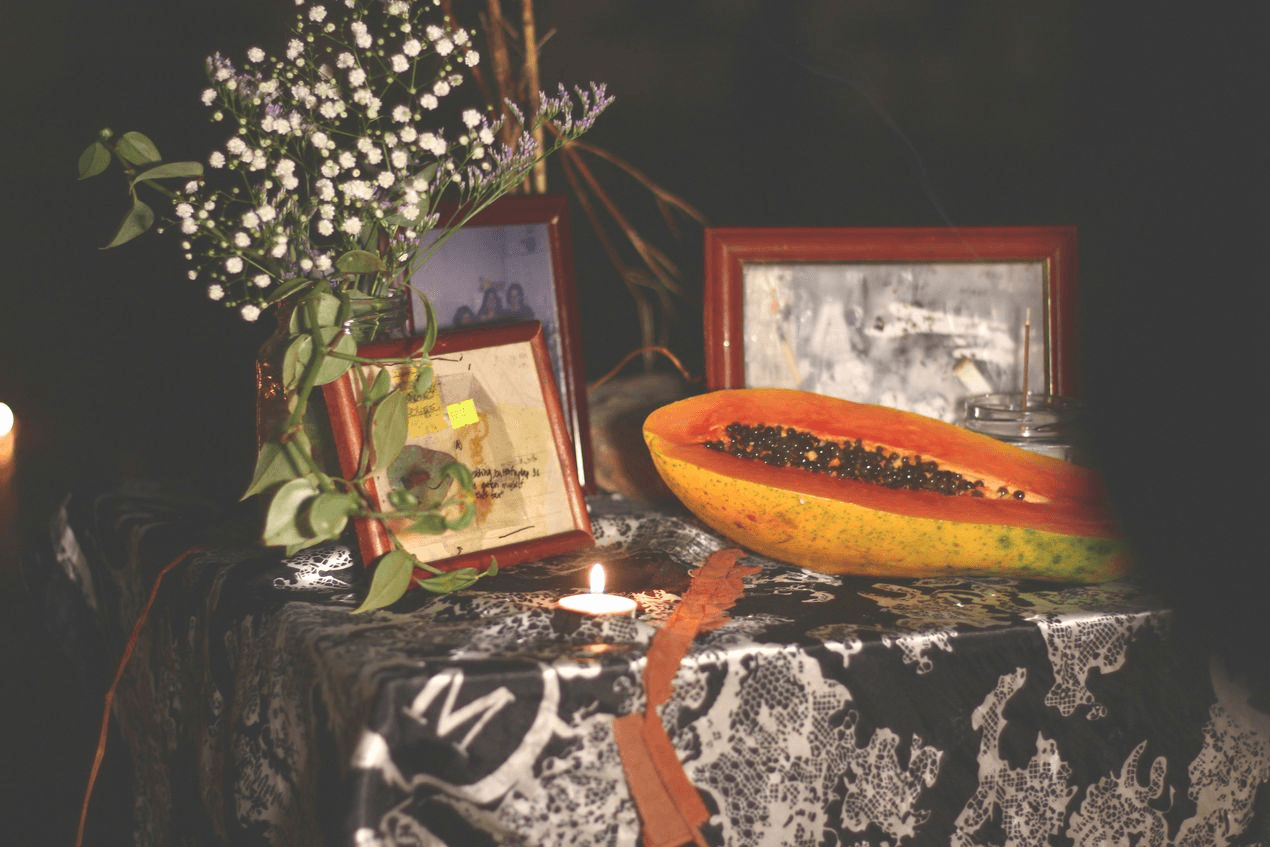
In this moment, the limbs of my body suspended from those of another, my body is nurturing layers of mourning: climate grief, familial loss, and urban decay. I hold climate grief for the ghosts of the trees I do not see — those ripped from Tongva soil and slathered by L.A. concrete. I mourn my mother — her presence, her knowledge, and this story I wish I could tell her. I wrestle with L.A.’s sprawl and her corresponding lack of transit and accessible green space.
And yet, at the same time, my body is experiencing unfeigned joy: a thrilling dose of adrenaline (heights are good for that), a comforting nostalgia, and much needed contentment. In my body I find grief and play complementary. Both help me to learn. Both are how I come to understand. Both are how I get through the compounding political, social, and ecological crises that mark our contemporary moment.
I come here to ask you to mourn. To the urgent threats of climate change, facism, systemic racism, and global capitalism, I offer a call for mourning. I am asking you to grieve with me, for us to commit to a practice of mourning together: to name what we have lost and what we stand to lose. I am going to ask you to use your grief to carve out portals, to leap through them, and use your body to enact new worlds. I am going to ask you to mark these transitions with ritualized mourning, and give birth to ghosts that can help us to organize and sustain a movement toward more just and resilient futures.
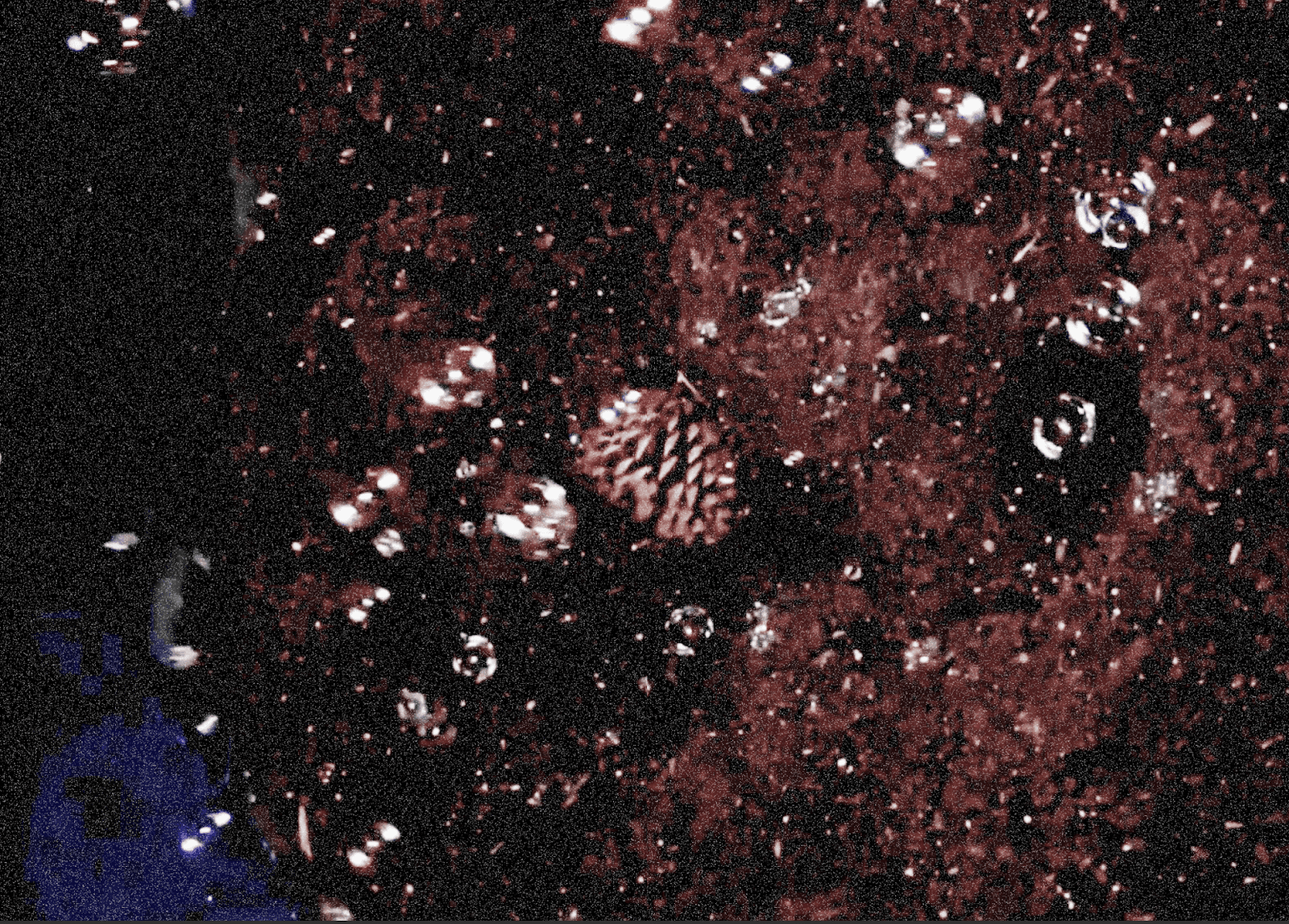
GRIEF: A WORKING DEFINITION
mourning, remembering, naming, celebrating, longing, reckoning, gathering, reenacting, reaching, resisting, imagining, transcending, teleporting, becoming
In our collaborative thesis, Mournful Design for Critical Climate Futures, Kyle Barnes and I, together tomorrow soup, outlined mournful design, a speculative design method that centers grief as a way of designing towards liberatory futures. We focused on grief because, grief:
1. Makes crisis feel real.
2. Gets to the root causes of crisis.
3. Builds political power when practiced communally.
4. Has a haunting power that can instill the lasting critical consciousness necessary.
To this I add:
5. Grief’s transformational effect allows us to depart from the dominating logics of our current systems.
Grief opens a liminal space between our current world and the ones we aim to inhabit. In this space, this inbetween, we can convene with our ghosts, consolidate our grievances, and imagine futures beyond the restricted imagination of our present.
GETTING TO THE WHY
(1) Grief makes crisis feel real.
(2) Grief gets to the root causes of crisis.
In naming what has been lost or what we stand to lose, we can not be tricked into denying the urgency of our situation. By pointing to what has been lost, the scale of that loss, and the inequity in who experiences loss, grief surfaces the root causes of our grief. We must name anti-blackness, capitalism, and settler-colonialism1.
For some, the loss is literal. For example: Louisiana citizens who lose their houses to sinkholes in the aftermath of natural gas extraction are suffering an acute loss of home at the hands of capitalism's ruthless conflation of the earth’s materials with financial assets.
For others, their grief follows a lineage. Their loss is less literal — less theatrical than sinkholes or floods — and more distant from root systemic causes. In interrogating our grief, we are able to uncover the fundamental origins of our wounds, but this investigation is a labor. Locating the root of our grief is a radical act that requires us to contextualize ourselves within systems of domination.
Heavy in my grief lineage is the weight of my mother’s passing. Interrogating this loss, I come to understand how my grief is not just my own, but a socially comprehensible wound inflicted by the death economy: a medical system directed by the logics of insurance that prioritizes profit and prescriptions over care and well-being, particularly that of brown and black women. If I dig further, I can connect her aneurysm to causes and correlations rooted in her experience of childhood poverty, corporate grind culture, predatory pharmaceuticals, and alcoholism. In interrogating my lack of mother, in questioning her passing and asking why, not cosmically but socially — seriously, why? — I am learning about the world she left me in. I am learning how it treated her, how it treated/s my family, and how it will continue to treat others if nothing changes.
This grief pushed me to my limits but it also showed me where the boundaries lie, where borders have been carved, walls erected. My grief changed me. It allowed me to venture past the edge of the world as I knew it, to look back and see the false paradigms that had so forcefully constrained my view. From out here, from this place where I sit with my mother’s ghost, I can see how entangled these systems are and how deep the wounds they inflict can be. I am taking notes; I am making plans. I will not be directed by the same logics, nor will my descendants; my mother still is teaching me.
In naming our grief, we locate it. When we use our sorrow to not only sharpen but also direct our focus, we locate the form of what we resist. We are able to trace its edges. In An Inventory of Losses, a book about naming the stories of forgotten absence, Judith Schalansky posits, “like a hollow mold, the experience of loss renders visible the contours of the thing mourned.” Abstraction benefits systems of oppression, but this recognition cuts through the obfuscation that serves to misdirect and diffuse us — to keep us from organizing in resistance. It is a critical preliminary step. In looking towards what we wish to undo, we become radial points around a shared focus, with our personal lineages of grief as the connecting tendrils.
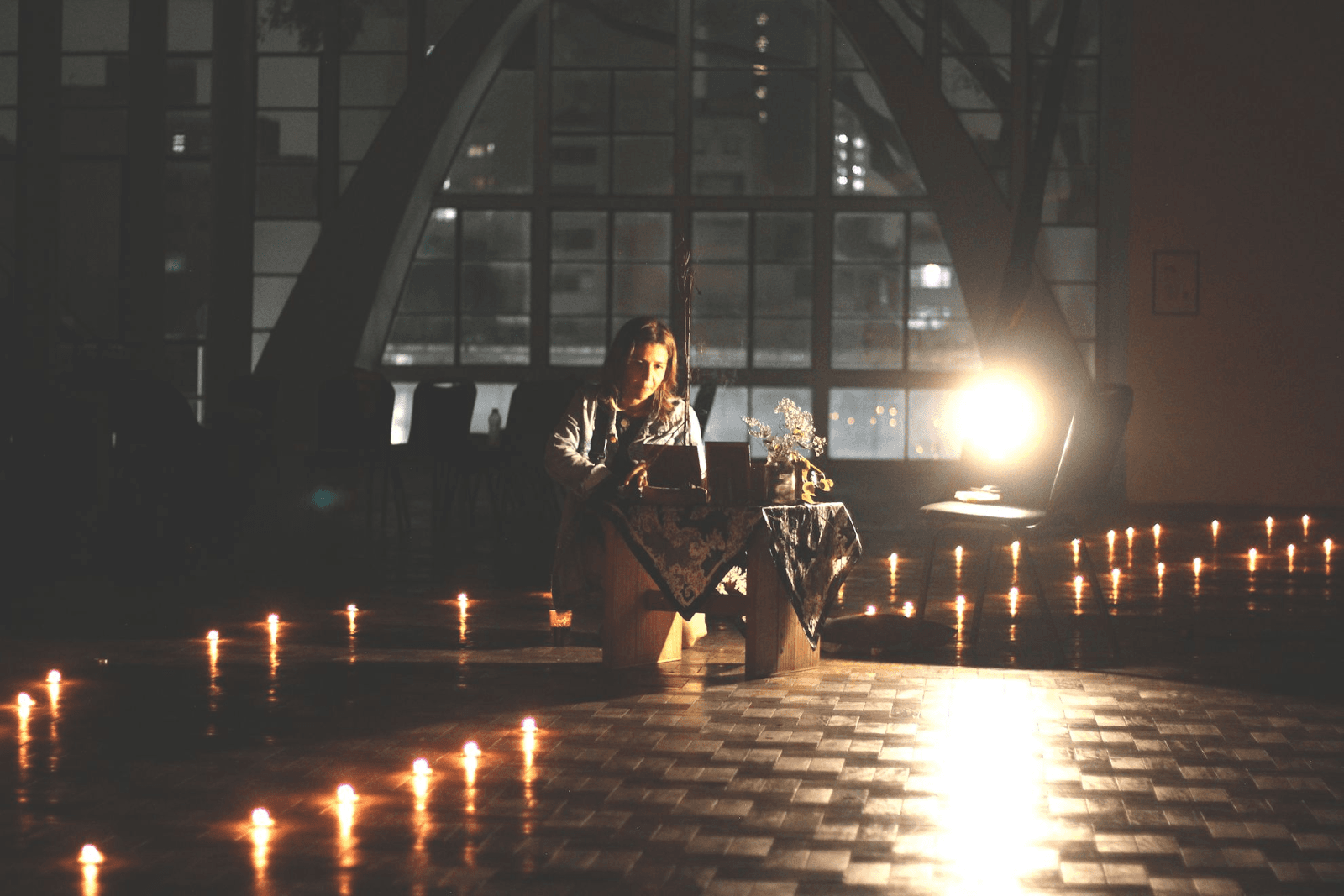
PRACTICES AND POWER OF COMMUNAL MOURNING
(3) Grief, when practiced communally, has the power to unite.
It is this interconnected entangled web that we must create. The weight of grief is not something you must carry alone. In her lyrical reflections on a burning California and a search for home, writer Christina Nichol contemplates the privatization of grief:
Grief processed on one’s own turn to despair, but grief processed communally becomes medicine…For hundreds of thousands of years grief rituals recalibrated the fields of trauma. These days there is no communal cup of sorrow; there is only psychotherapy, which colludes with the privatization of property, the privatization of consciousness, and the privatization of grief...”
The individual paradigm of grief is in direct relation with the logic of neoliberal morality. Similar to fossil-fuel-funded propaganda that implores you to reduce your carbon footprint, attempting to grapple with crisis only individually rather than through collective action is frequently unproductive and unjust. Embracing collective grief encourages practicing a shift away from guilt or individual responsibility, and towards community action and the redesign of individualizing systems. In this way, communal mourning can also be the basis for building political community by surfacing and affirming relational ties, shared experience, and mutual responsibility. As feminist philosopher Judith Butler proposes, “to grieve, and to make grief itself into a resource for politics, is not to be resigned to inaction, but it may be understood as the slow process by which we develop a point of identification with suffering itself.”
In fact, I argue that mourning itself is a political act. In mourning we proclaim what is grievable and what needs to be remembered. To mourn is to declare and name a violence. It is to display what we experience and mark it so we may not forget. As Cunsolo Willox reminds us in Climate Change as the Work of Mourning, minority and marginalized bodies are consistently derealized and deprioritized in public discourse. To mourn such devalued bodies is to firmly resist the logics that attempt to erase them. When Iceland hosts a memorial for their first glacier lost to climate change and the artist Suhyun Choi hosts a memorial for their Macbook, both declare nonhuman bodies as grievable too. Mindy Seu, author of the Cyberfeminism Index, names ‘memory work’ itself as a form of activism that asks whose memories are retold. When embedded in systems that ask us to look away and forget — to believe our experiences are isolated — to remember is to resist silence. I ask you to tell me the story of what you have lost. Introduce me to your ghosts.
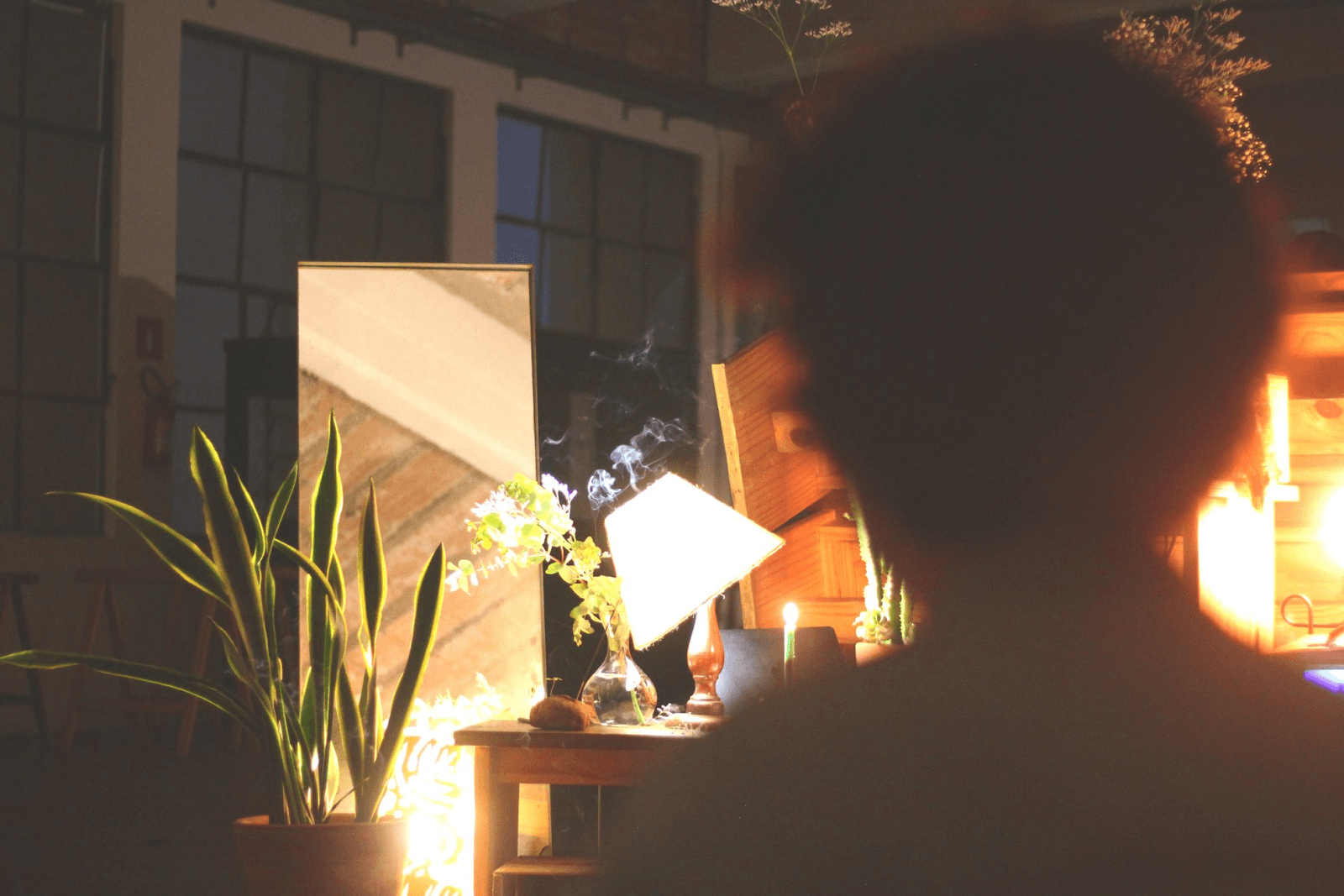
SUSTAINING WITH GHOSTS
(4) Grief has a haunting power that can instill the lasting critical consciousness necessary.
(5) Grief’s transformational effect allows us to depart from the dominating logics of our current systems.
After our shared memorials, the ghosts of our grief are lasting reminders of why we struggle, what we struggle towards, and what we continue to struggle against. We must not just name but be in relationship with our grief. Recognition is not enough; we must be willing to be transformed — transported — by it.
I want our hurt not to be in vain; I want to transmute it, want each cut to open a new perspective. Kelsey Chen’s poetic reflections on tattooing share a redemptive practice of learning how to be wounded. In it is a offering to consent to wounds as a surrendering to the transformation these wounds —and the space opened within them—can bring about:
Violence does not need an invitation to greet the body. It simply arrives. Learning our own vulnerability is a destabilizing thing; even more so when you learn it fast. But I love my fragility; treasure my capacity to be hurt. Rilke says sadness is just the feeling of the future entering into you. So think, my hurt sisters, how much fucking future there must be in us.
Even when violence arrives at our doorstep unbidden there is choice. Bayo Akomalofe has said — when you meet the monster — when, not if —you can either defeat it or allow it to wound you…. Consent to be wounded is to risk radical physical transformation but also the creation of rupture; of opening. Pain is a gateway to revolution…. The wound is an opening; it allows the future to enter; it is the space of transformation. The wounded are the first makers of portals.
How more tenderly I look at my wounds when I understand them as portals. When I see the space a laceration has opened in me and do not look away from the red, but look deeper into it. I understand new skin will come to mend the gap and see this not just as a closing of wound, but as a passing into a new self and closing the door behind me. I understand this new skin will be made for me now, that it will hug my body, affirming the shape that I am. And so I dress my wounds with care; I tend to my wounds with curiosity. I ask them to teach me what possibilities I contain, what worlds — what lineage — lives within the container of my flesh.
I appreciate the ritual of tattooing as making and marking wounds. It is a similar act of marking I am offering when I ask you to mourn — when I ask you to state your losses, locate them in social space and political history, and mark that understanding in a shared ritual with others. When we do so we may open up and leap through portals.
Grief pushes us into an altered state — a sometimes deeply painful, unfamiliar place. Nonetheless, in a rigid world that relentlessly proclaims the permanence of its logic, “loss wrenches the ground from underneath us,” revealing new truth and broader context.2 Grief displaces us. I do not deny the pain and violence of being torn from the familiar, but I also address this power. As organizers, artists, and citizens, do we not consistently ask ourselves how to make people care? Could grief be a method? If we can show people how their experience is interconnected with that of others through the same root cause, maybe we could better mobilize and sustain political movements.
Skillful hosting is important here. It is important that the grieving rituals are guided and shared. Memorial spaces need to be carefully designed to tenderly hold participants as they grapple with severe loss and crises of massive scale. Constructing new worlds is a slow process, and we will need time and place to rest along the way.
Grief has this power to transport us, but it doesn't deliver us. There is the large task of determining and realizing the worlds we want to inhabit, but the first step is to depart from this one. In this journey of departure, grief offers an in-between space: a liminal space to build and organize together. To gather in the place of grief, then, is an invitation to meet each other outside this world; there, we can begin choreographing how we could be in others. That is why I ask us to gather in our grief. To name what we want to step away from and why. To commit to the need for something else. In fact, this is exactly what Vanessa Machado de Oliveira urges for in Hospicing Modernity; de Oliveira insists we can not rush into new systems. We must first give modernity a good death — “hospice” it — and learn what we can from it through grief as it dies.
Bayo Akomolafe’s meandering essays of speculative fabulation invite me to reflect on hugging monsters and taking care of ghosts. I see the ghosts of our loss very similar to how Akomolafe describes monsters:
Monstrosity can serve as a cultural means to examine ourselves. To meet ourselves as if for the first time…I read monsters as cultural technology — as mythic figures that have always been intimately entwined with human becomings…. Indeed, monsters play a crucial social role: they challenge our addictions to particular forms and disturb the familiar. Their unusual appearances and queer bodies have long been employed as warnings of divine wrath to come, or something gruesome and perverse happening behind the scenes. In the sense that monsters cut through the parallelity of our lives, upsetting the business of the hour … astonishing us and opening up new considerations that were previously unavailable, they are transversal disruptions of order. They are playful reconfigurations of flesh and therefore embodiments of the radical openness of the real. Monsters teach us about the otherwise.
For similar reasons, we are made to fear our grief, run from it, make it into a villain rather than a guide. It is the liminality of our ghosts that haunts us: their existence in this world despite their non-belonging, their substance an artifact of another world. Our ghosts do not mean to punish us, they mean to locate us — to remind us where we come from and where we are. We represent where we can go. I invite us to dance with the ghosts of our grief, to make ritual with them; they remember our grief lineage.
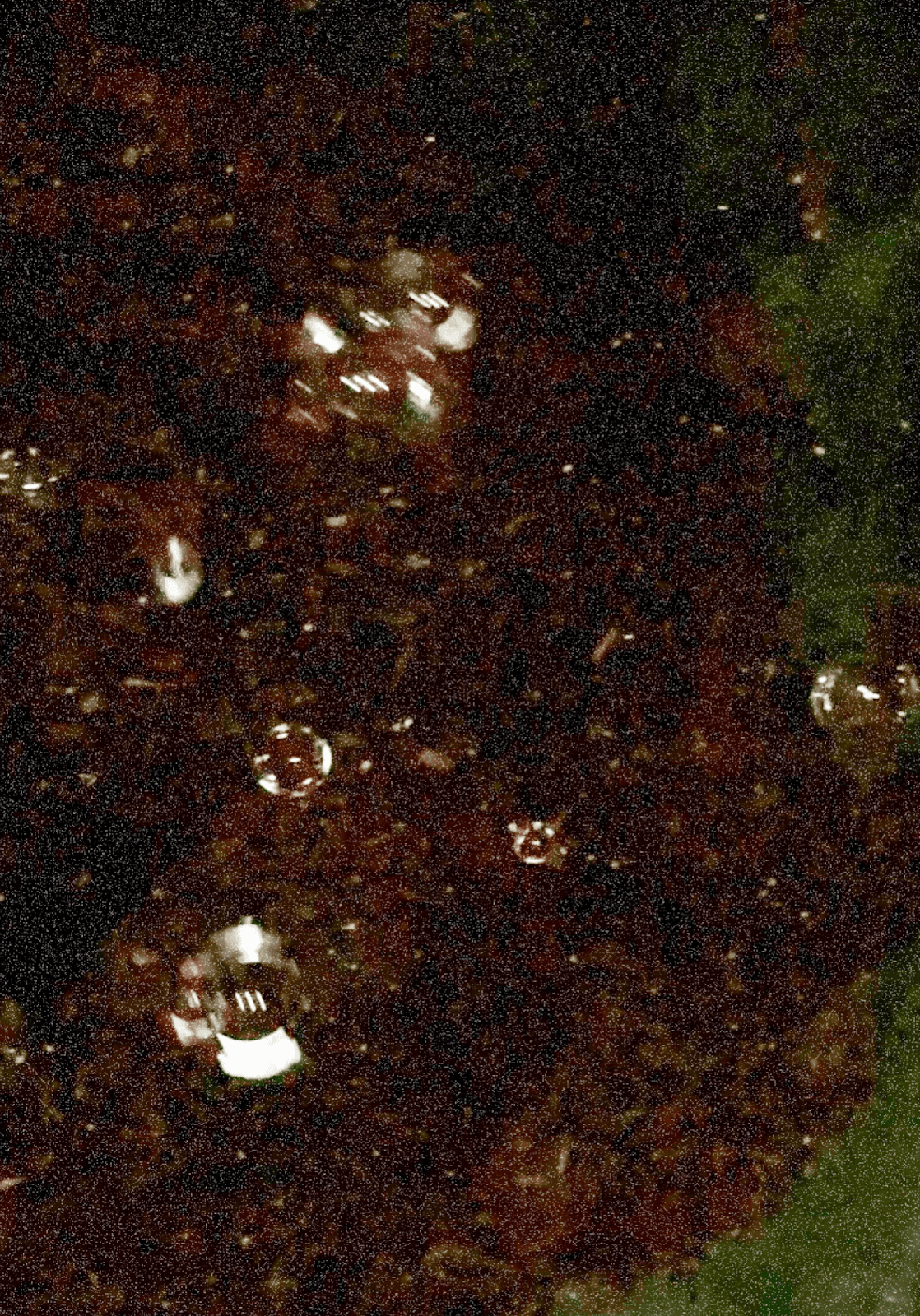
WHO IS GRIEVING? WHO NEEDS TO GRIEVE?
I am optimistic about the power of grief as a collective political practice and excited by the reviving and reinvention of community mourning rituals in political organizing, performance art, web installations, and literature. When we mourn collectively, we organize through grief. Grief motivates us to name — and exclaim! — our resistance to state induced violence. Grief can push us to publicly object: we name our grievances in public comment, we shout our hurt in protests, and we show up for one another’s loss in restorative methods such as Silicon Valley Debug’s participatory defense.
When we mourn collectively, we reenact our grief. We make ritual and adorn pain with contemplative choreography. In separate, but related practices, artists host a nightclub for climate grief, a shimmering resurrection of a historical queer landmark, and a ceremony for the global supply chain and manufacturing rite of technology. These visceral spaces make audiences question their position, relation, and vulnerability to loss. When we mourn collectively, we gather digitally too. We dive into the depths of cyberspace, where our grief and anger need not be limited to physical containers. Instead overlooked state archives are made visible through a generative interface, distributed communities plant memorials in a digital garden, and Breonna Taylor is honored in an ethereal, mixed reality landscape. When we mourn collectively, we declare our grief. We write it down and publish lyrical testimonies to what we have lost and why: a father to the health impacts of neighboring a Superfund site, access to urban green space as the result of redlining, a daughter distanced by the pandemic, and cultural tradition eroded by histories of colonialism.
I want to be clear, I do not mean to urge you into despair. I do not wish to encourage spirals into guilt, fatalism, or paranoia either. This is a delicate boundary. In Staying with the Trouble, Donna Haraway herself warns about the risk of succumbing to despair: “there is a fine line between acknowledging the extent and seriousness of the troubles and succumbing to abstract futurism and its effects of sublime despair and its politics of sublime indifference.” Many of you are already grieving. If we do not tread carefully, if we do not remember the delicacy of our wounds, we risk tearing them open again and again. Flesh can not heal when it is continuously made to bleed.
Who stands to lose the most? For some, grief is entirely unfamiliar, and to others, it is a villainous reminder of mortality that is avoided as much as possible. To these readers, I encourage you to begin to develop a practice of grieving. Familiarize yourself with the feeling and its effects.
But many, particularly those of marginalized and disempowered communities steeped in the reality of our compounding crises, you live in grief. It is all too familiar. I do not implore you to dig deeper into sorrow; instead I am calling for hosts and facilitators to open space and activate collective practices so that you do not bear the hurt alone. Our collective grief has reached hyperbolic scale; the dominating systems we face are immense and entrenched in our daily lives, impossible for us to grasp individually or in entirety.3 Mourning as naming breaks these systems down into identifiable pieces. Grief as a collective process yields a whole greater than the sum of its parts.4 Collective mourning proposes to bring grief into a communal consciousness so that the individual mourning does not develop into despair.
Roll back your shoulders. Look up and look down. Wiggle your toes. I invite you to get up, if you are able, and jump — seriously, just jump up and down. For your sake, move your body and release any tension reading this generated. Jump and know I wrote this because I feel it too. Jump and know there are other readers jumping who grieve with you. Jump and see your ghosts are with you, guiding you. Jump because your mourning is not isolated; you come from a lineage. Together we can unfurl our grief and let its phantoms direct us toward new ways of proceeding into the present and future.
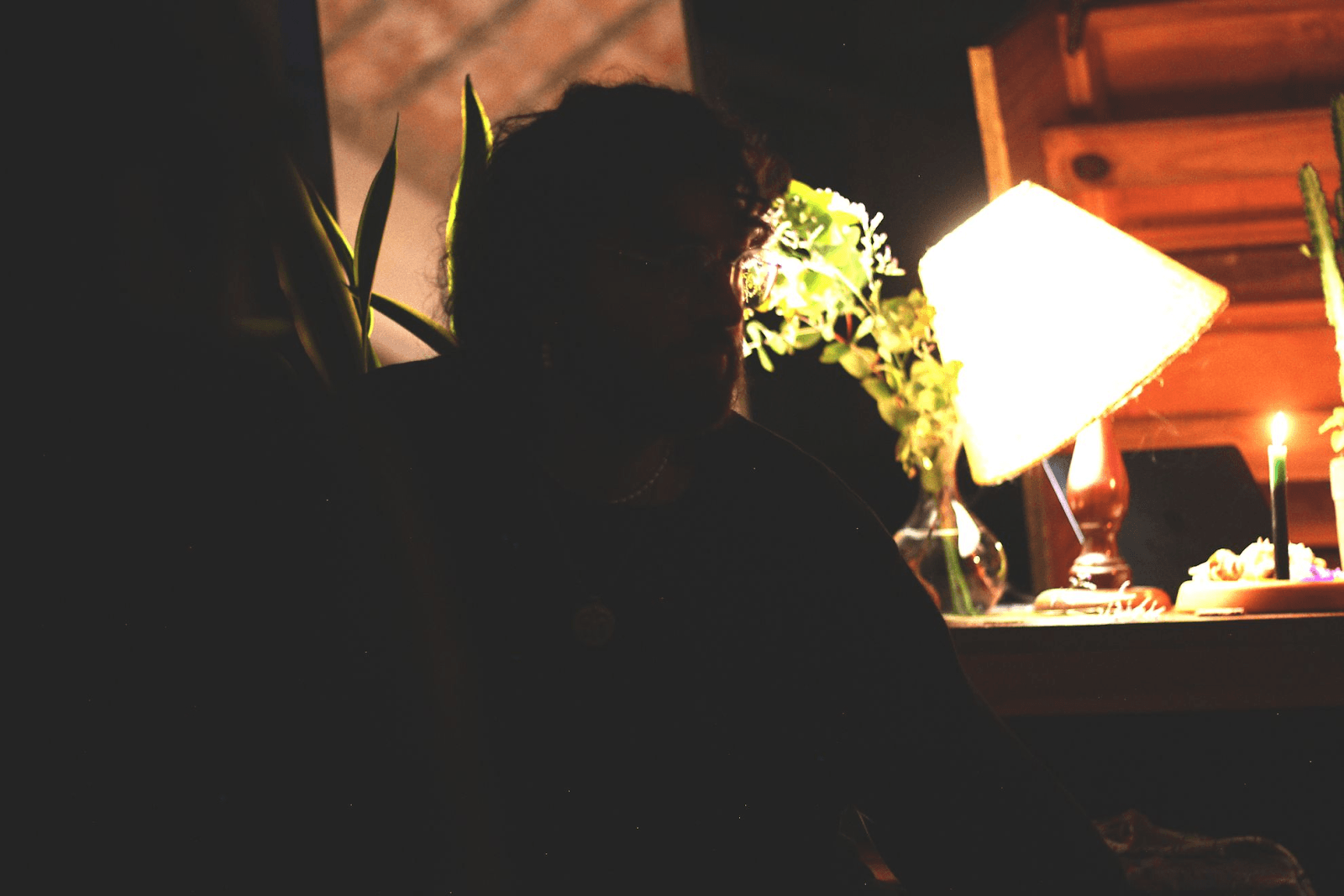
Notes
Footnotes
Author
Raya Ward
Raya Ward (b. 1998, Atlanta, GA) is an artist and designer whose work spans physical, digital, and social space. Through collage, installation, and digital design, her work hosts stories that explore concepts around technology, futures, family, and grief. She generally prefers to be in the water than on land.
Creative Editor and Editor
Jessica Zhou
Jessica Zhou (she/they, b. 1998, Los Angeles, CA) is a writer, artist, and researcher, living in San Francisco. Her work has been exhibited by the Asian Art Museum, Gray Area, and Southern Exposure; published by Kearny Street Workshop, Inverse Magazine, and the Los Angeles Times; circulated within a networked self, composed of a hydra of Twitter and Tumblr accounts. She ponders poetechnics, care and maintenance work, digitally diasporic methods of cultural disarrangement, our cyborgnesses, SEO divination, and the ways we find one another and then make worlds together, on-and-offline.